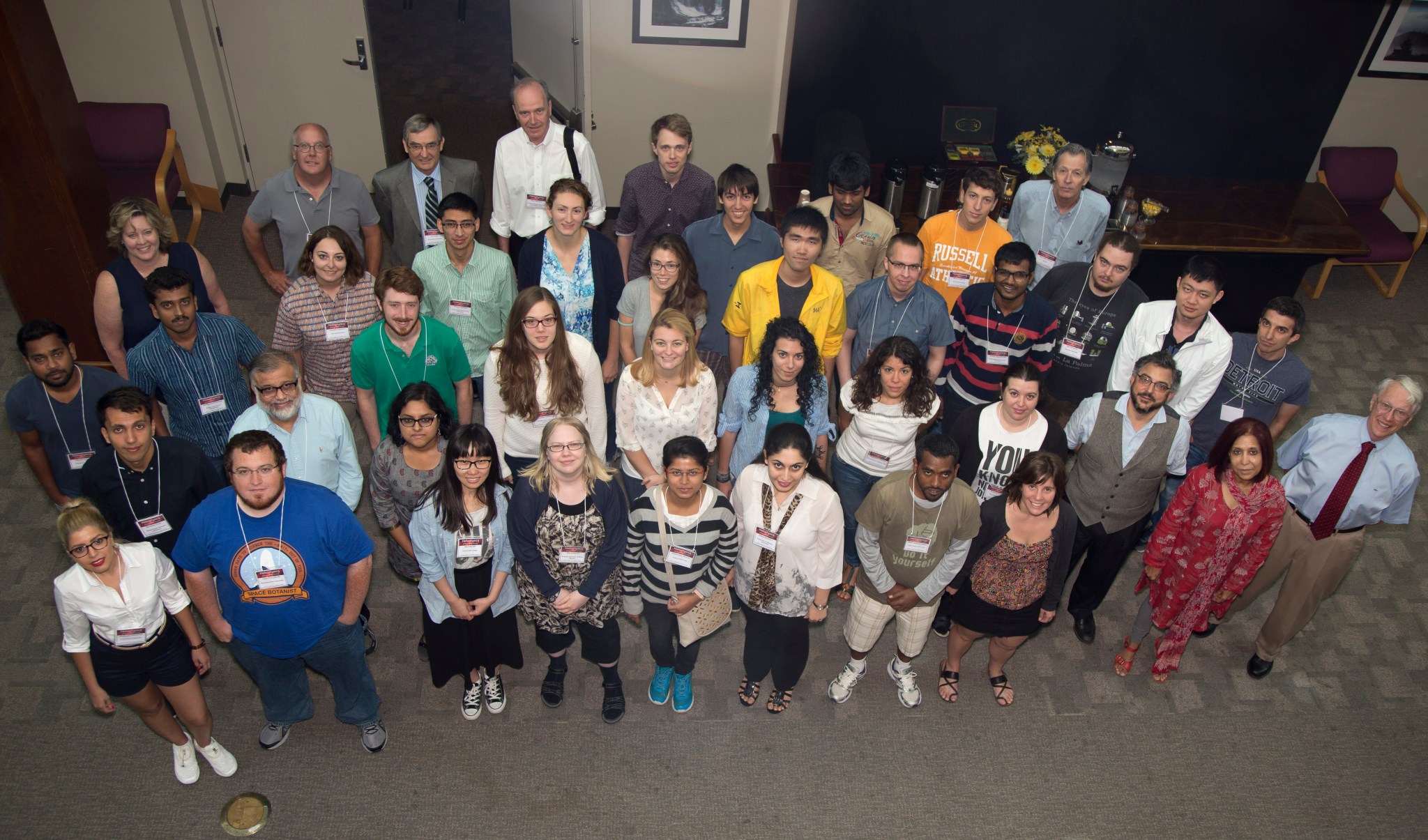
More than 30 young scientists from around the world flocked to Boulder, Colorado, this summer for NASA’s Heliophysics Summer School. This year marks the school’s 10th anniversary, a notable milestone for this pioneering program.
Heliophysics is the study of the sun and its effects throughout our solar system. Our sun sends out a constant flow of charged particles called the solar wind. This solar material travels to the far reaches of our solar system, carving out an immense region called the heliosphere – a radiation-filled, magnetic space environment dominated by the sun’s influence. Every planet, asteroid, comet, moon and spacecraft in the solar system lies inside the vast realm of the heliosphere.
The goal of heliophysics is to understand the sun, heliosphere and planetary environments as parts of a single, dynamic system. Thus, the field is highly cross-disciplinary, weaving together sub-disciplines like astrophysics, planetary science, atmospheric science, space weather and solar physics.
“A new science needs new scientists,” said Lika Guhathakurta, a NASA astrophysicist at NASA Headquarters in Washington. “And 10 years ago we set out to create them. The Heliophysics Summer School was established to train a generation of young scientists and give them a broad, coherent perspective.”
However, training the heliophysicists of tomorrow requires textbooks. Because heliophysics is a relatively young field of science – the shift from focused sub-disciplines to broader, sun-Earth solar-system-wide inquiry began only recently – there were previously no textbook collections that covered heliophysics as a unified field. Now, the Heliophysics Summer School’s teaching materials are brought together to create the first set of heliophysics textbooks for use at universities worldwide.
Following the summer school, young scientists have gone on to earn prestigious Jack Eddy postdoctoral fellowships and research grants, and even return to the program as faculty. The Heliophysics Summer School has trained more than 300 early-career scientists since its inception in 2006.
The Heliophysics Summer School was established and remains supported by NASA’s Living With a Star program, an initiative managed by NASA’s Goddard Space Flight Center in Greenbelt, Maryland. This program is focused on aspects of the sun-Earth system that are relevant to life and society. The summer school is funded by NASA and managed by the University Corporation for Atmospheric Research in Boulder, Colorado.
By Lina Tran
NASA’s Goddard Space Flight Center, Greenbelt, Md.
Related Links

























